Explainer
How the Meat Industry Shapes U.S. Politics (and Vice-Versa)
Law & Policy•11 min read
Investigation
Mike Huskisson spent 50 years as an undercover investigator documenting acts of animal cruelty that the public had never seen before.
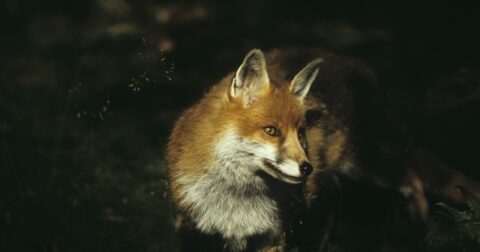

Words by Aidan Frere-Smith
It was 1972 and Mike Huskisson had saved his money to purchase aniseed oil from the local chemist. But his plan wasn’t to use it as a herbal remedy. Huskisson lived in a small traditional English village where the exploits of hunting were discussed openly, often in gory detail in the local pub. At first, Huskisson would try to debate the ethics of hunting with his neighbors, but ultimately he became frustrated with their lack of compassion, and decided he needed to do more.
Inspired by the French Resistance tactics to fool German tracker dogs, Huskisson set out the night before the local fox hunt were meeting, dragging oil-soaked rags across the surrounding fields in the countryside. Alone and scared, he knew that he could be subject to violence if caught, so he moved quietly, taking care not to be seen, telling no one of what he had done. The following day, the hunt descended into utter chaos, as the smell of oil distracted the hunting hounds. This was the first of many undercover efforts to disrupt animal exploitation, the beginning of a journey that is still going strong for Huskisson, 50 years later.
Warning: This article contains images readers may find disturbing.
Huskisson joined the Hunt Saboteurs Association (HSA) that year and began to disrupt hunts on a regular basis. Whether by laying fake trails, masking animal scents or taking control of the pack of hounds using horn calls, he foiled the hunters’ efforts to hunt wildlife. The tactics he used then continue to be used today.
The efforts of saboteurs were effective, but they were always outnumbered, Huskisson recalls. “I [felt] sad and frustrated that there were so many hunts and so few sabs,” he says. “There was a huge listing of hunting appointments each week in Horse & Hound magazine (HHM). Not only could we not attend many of the hunts but the few hunts we could attend held many meets that we could not attend.”
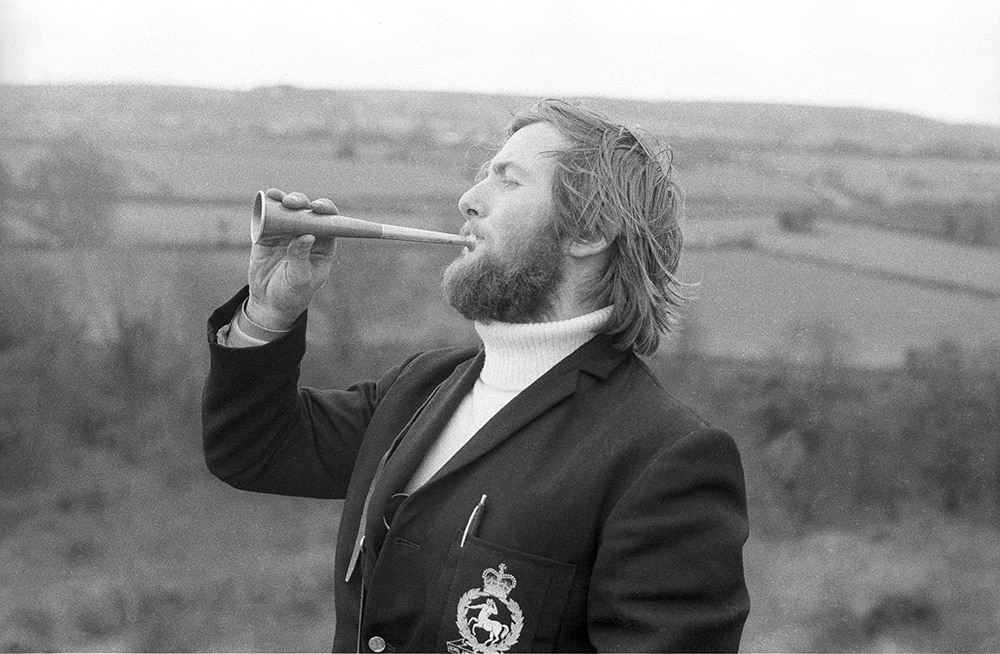
Still, he persevered and within five years, he had taken part in over 138 actions, according to his memoir Outfoxed Take Two. At the end of the 1970s, however, violence toward saboteurs became a regular occurence, making this form of direct action more challenging.
Huskisson saw an opportunity to switch tactics.
“I soon learned that I could gain a lot of information from talking to hunt supporters and took advantage of the fact that at the time they assumed that any stranger watching the hunt would be a supporter” he said. Huskisson began to plot how he could join the hunts as a participant.
Since photojournalism had a significant influence on his work, Huskisson planned to photograph what happens behind the scenes. “Some people had problems believing the horror that was hunting,” he says. “By photographing events during a hunt, I could show the truth. I knew the power of the single image and sought it to expose the horror of bloodsports.”
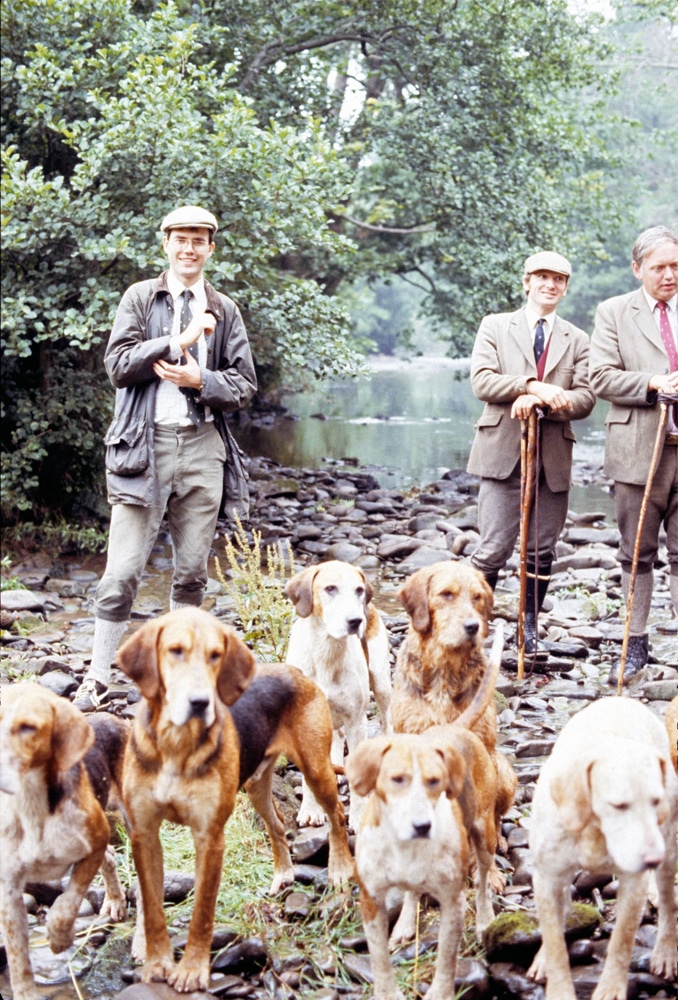
Dressed in traditional countryside clothing, Huskisson eased himself into the hunting fraternity. Overtime, he became a trusted amateur photographer, solidified his position as a genuine hunt enthusiast and, in 1981, secured an official position as an undercover investigator for the League Against Cruel Sports (LACS).
Huskisson’s first LACS operation was to expose stag hunting, and soon he began capturing images of events that had never been shared with the public, including imagery of the controversial post-kill ritual; where parts of the hunted animal were removed and distributed to spectators, including children.
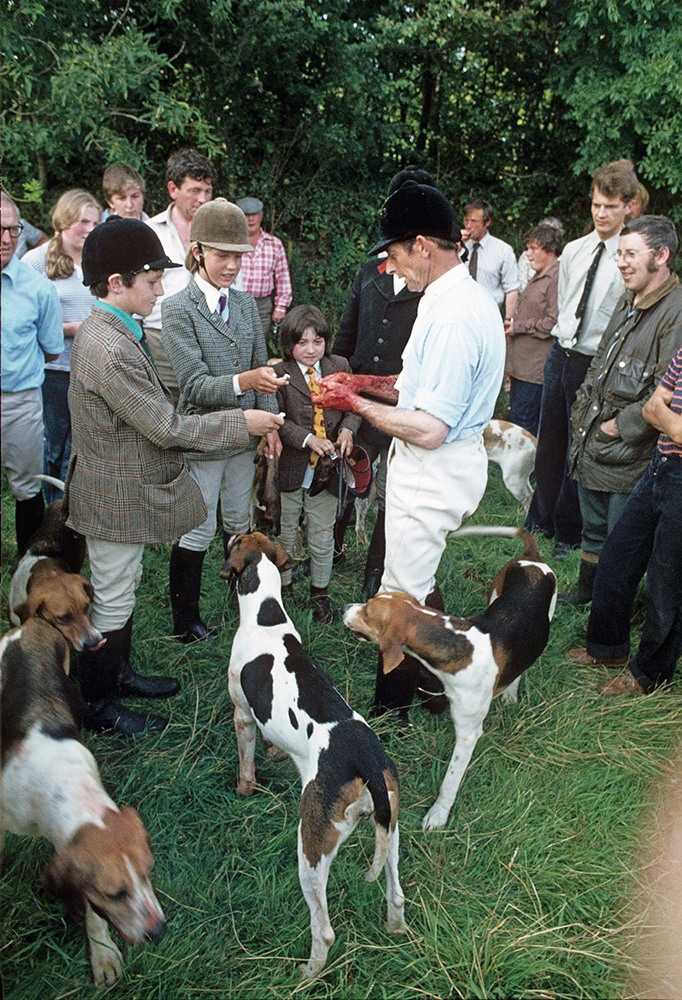
There were other horrific scenes too — terriers attacking foxes underground and hares being pulled apart by hounds — these were a regular part of the scenes Mike captured, documenting for public release. Each expose came with the risk of compromising himself, adding additional pressure to maintain his character, but Huskisson was committed to bringing the abuse to light.
“We did not have any sort of hidden camera in those days, so all cameras were visible,” he says. Huskisson had to find a way to explain the presence of his camera, and he often had to get creative on the spot. I would always walk towards anyone suspicious of me, as fleeing would just confirm their suspicions,” he says. Asking hunt staff questions about what was going on made him appear uninformed and harmless, Huskisson also realized. Then, by the end of a hunt, the participants “were too caught up in the thrill of the kill to worry about what others were doing,” he says.
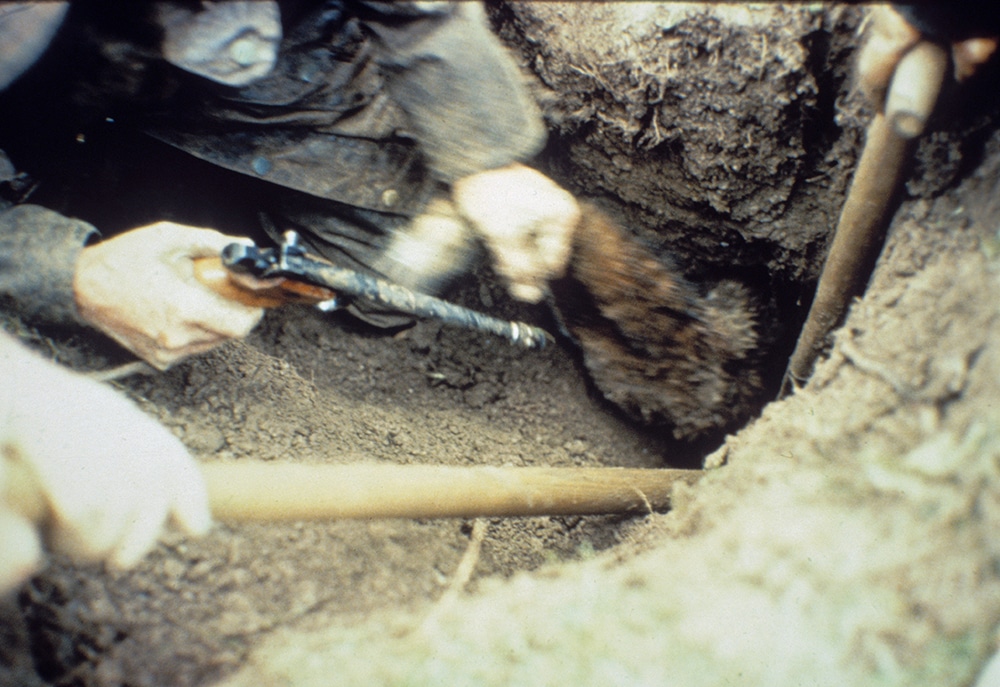
Sending portraits of hounds and hunt staff socializing to the organizers also helped him keep his true identity obscured. Some huntsmen even asked for their own copies to keep, unbeknown to them that Huskisson was there to expose them.
“Inevitably I found I could connect with some of the hunters better than others,” he said. By taking a close interest in the hounds during the hunt, he could maintain his cover and also feel better about his presence. Despite the constant stress, Huskisson persisted since he felt committed to the end goal of exposing the harms of hunting.
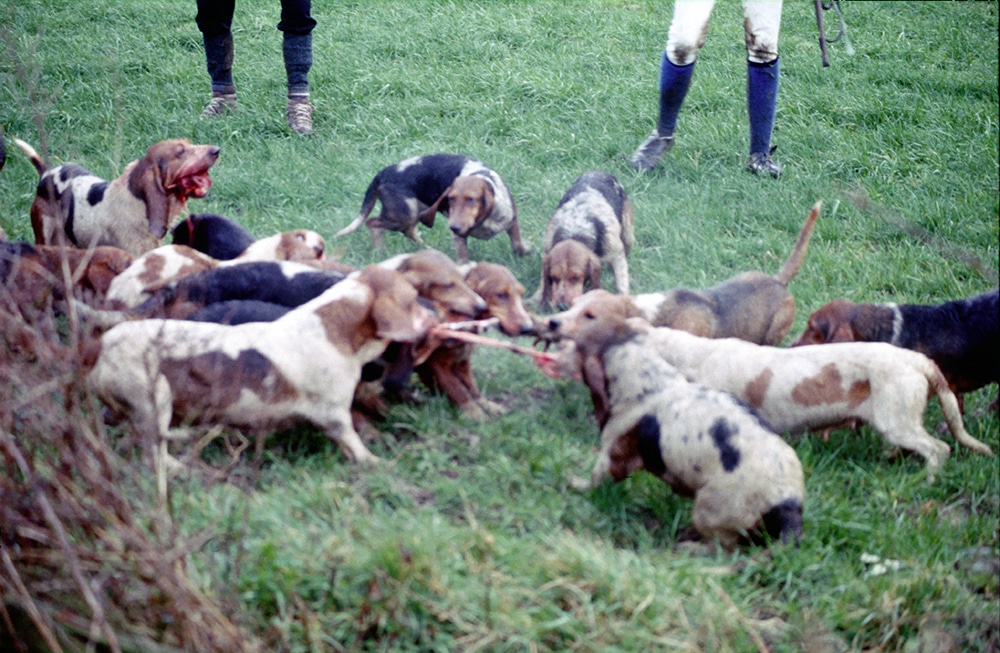
Huskisson also adopted a strategy for helping the animals when he could. “I made it a cardinal rule of my undercover work that the animal always comes first. If I could save [them], I did. I could be quite a saboteur whilst undercover,” he says. Misleading the huntsman to the direction of the hunted animal was an easy, and a covert means of protecting wildlife.
Huskisson published Outfoxed, a detailed account of his undercover work, in 1983. This collection of evidence was the first of its kind, extremely damning for the image of hunting in the U.K.
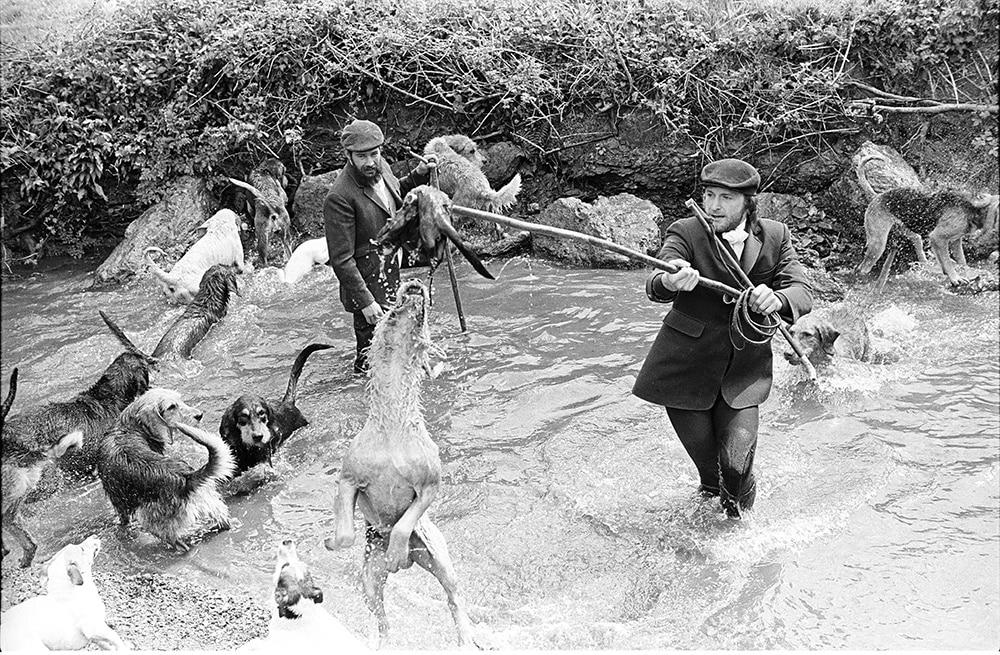
In the summer of 1975, Huskisson learned that beagles used to test the effects of smoking were going to be slaughtered. Horrified, he decided to take action and in the early hours of the morning entered Imperial Chemical Industries dog toxicity unit and successfully liberated two beagles.
Days later, he returned in an attempt to liberate another beagle and was caught and arrested. The charges were dropped on the condition that he would not repeat his actions but nearly a decade later, after re-dedicating his efforts to hunting, he returned to the animal testing cause, only this time in a different capacity.
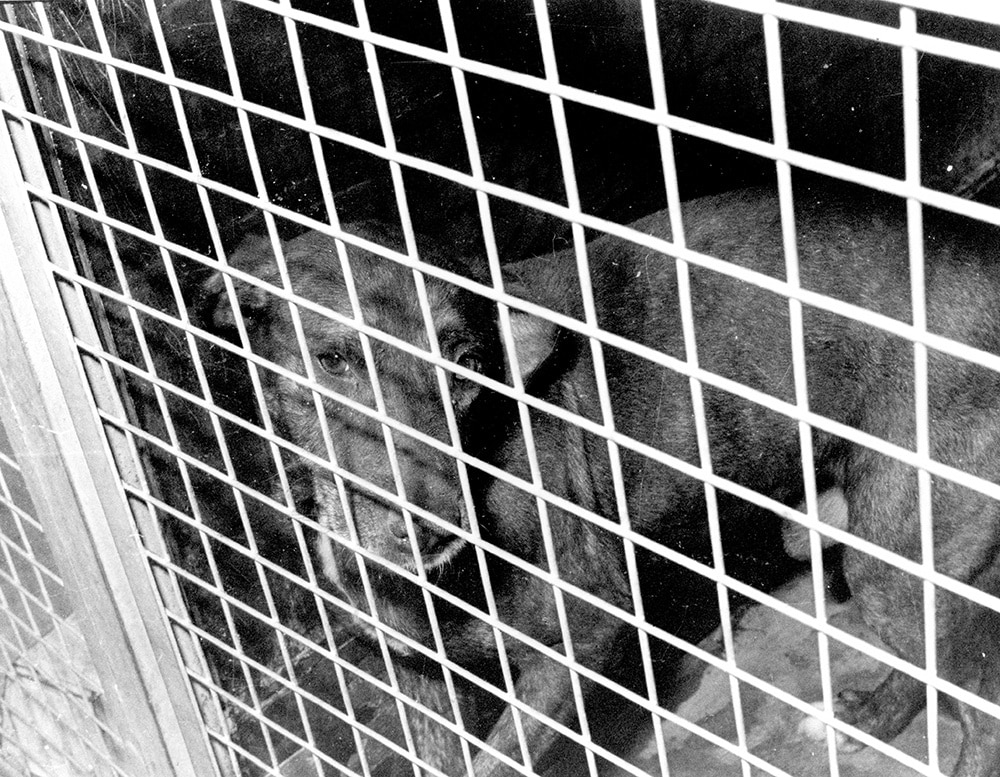
In 1984, he joined South East Animal Liberation League as a photojournalist during the group’s daytime raid of a research facility of Royal College of Surgeons (RCS) where macaque monkeys and former domestic dogs were used. As described in his second book Outfoxed Again, Huskisson was unexpectedly given documents during the raid by an activist that were later used by the British Union For The Abolition Of Vivisection in a legal prosecution against RCS for animal cruelty.
Though he was nervous to be a witness in the case, he pushed through his fears. “I had been given the documents so it was for me to give evidence,” he said. “I could never have seen the case fail because I was scared to stand in the witness box.”
Ultimately due to handling stolen documents, Huskisson was sentenced to 18 months in prison. He was released after serving a third of his sentence.
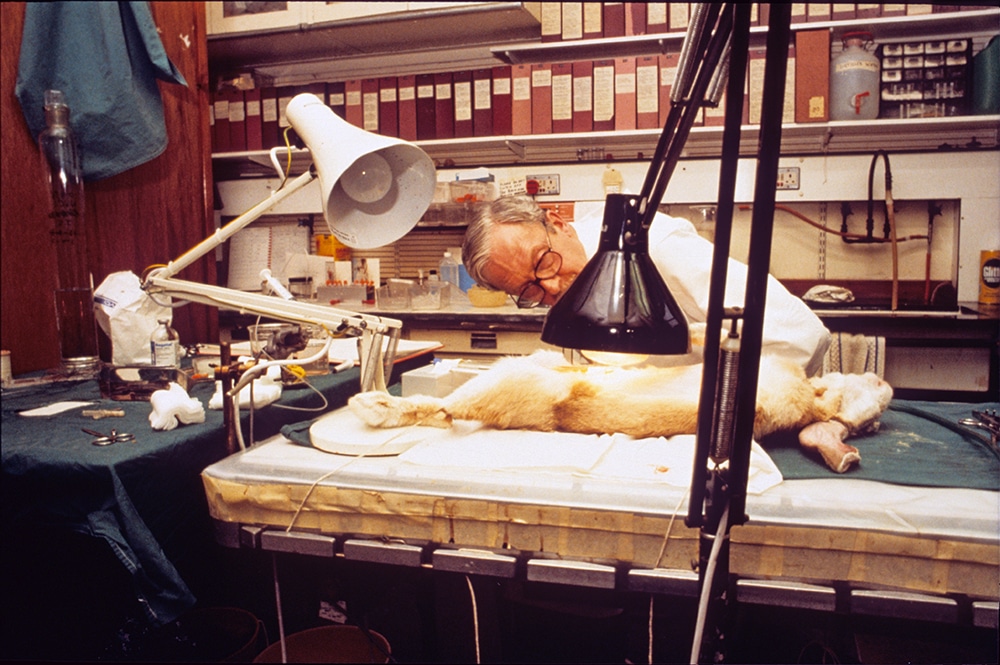
Huskisson soon returned to the work of exposing vivisection. As part of an undercover investigation in 1989, he documented a series of experiments at National Institute for Medical Research, now Francis Crick Institute, where the heat of a table lamp was used to burn cats and rabbits. This research was initially approved by the U.K. agency the Home Office but was abandoned as the publicity caused by the undercover work “forced them” to take action.
In 1995, Huskisson’s undercover work expanded overseas. After learning that U.K. government scientists were involved in experimentations on chimpanzees at the Biomedical Primate Research Centre in Holland — a strategy to avoid prosecution under the country’s Animals (Scientific Procedures) Act 1986 — Huskisson documented living conditions at the facility. Hundreds of primates were confined to metal cages, some of whom had been housed in those conditions for over 25 years.
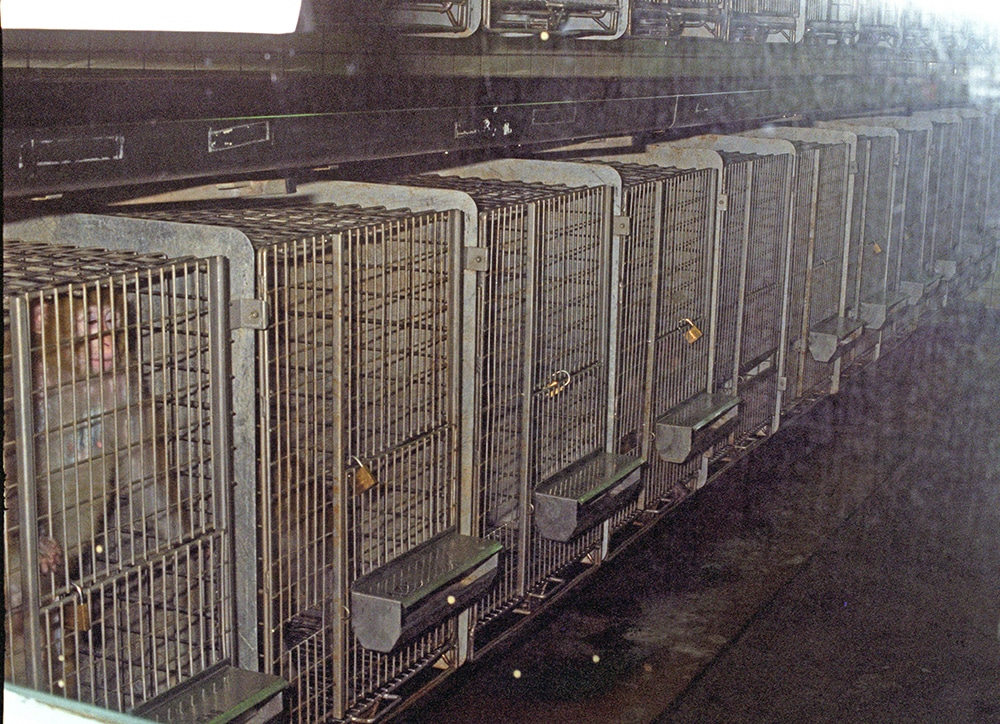
It had always been common for the hunting fraternity to respond violently toward hunt saboteurs but after activists Mike Hill and Tom Worby were killed by huntsmen in 1991 and 1993 respectively, the animal protection movement became galvanized to ban hunting under law.
In 1996, the UK Government passed The Wild Mammals (Protection) Bill, the first piece of legislation which protected wild mammals from acts of unnecessary suffering. Following this success, IFAW, RSPCA and LACS launched a dedicated campaign to ban hunting.
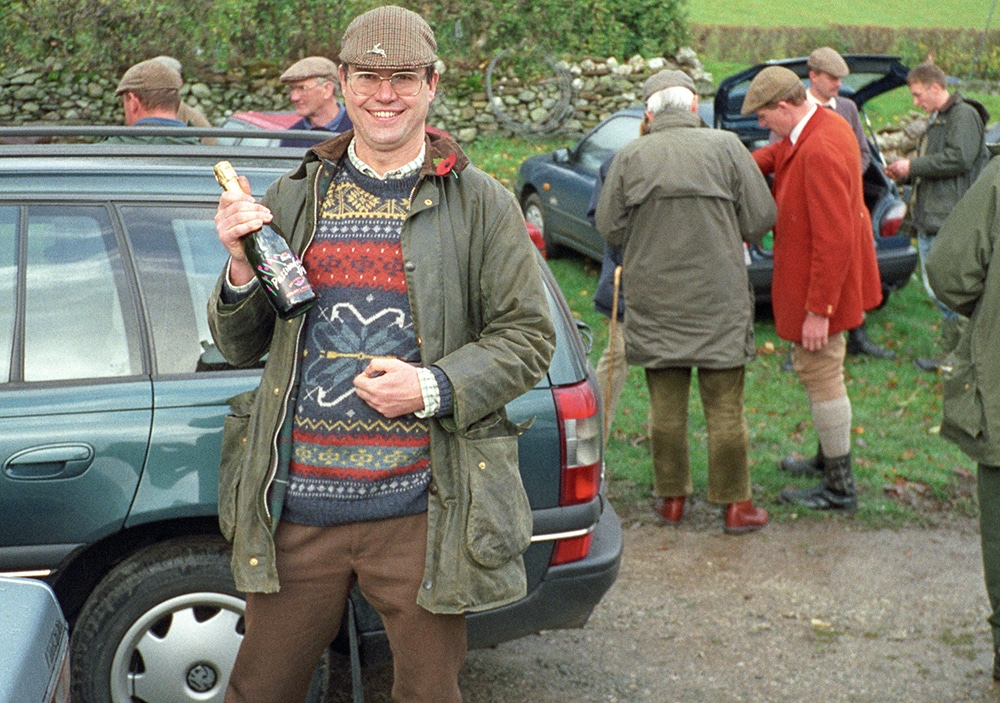
The following year, a ban on hunting was reintroduced in parliament on the condition that a full inquiry into hunting was carried out. The Burns Inquiry, a dedicated government committee to investigate hunting, was set up and included observers from both sides, including Huskisson. This investigation was burdened with great pressure — either the concerns of hunting would be dismissed, allowing the activity to continue, or the cruelty inherent in hunting would be officially recognised, solidifying the chances for the ban’s passage.
The hunting fraternity were unnerved by Huskisson’s presence on the committee. “The hunters hated my involvement in the inquiry,” he said. “They really feared my knowledge. I had witnessed the side of hunting that they strive so hard to keep hidden from public view.”
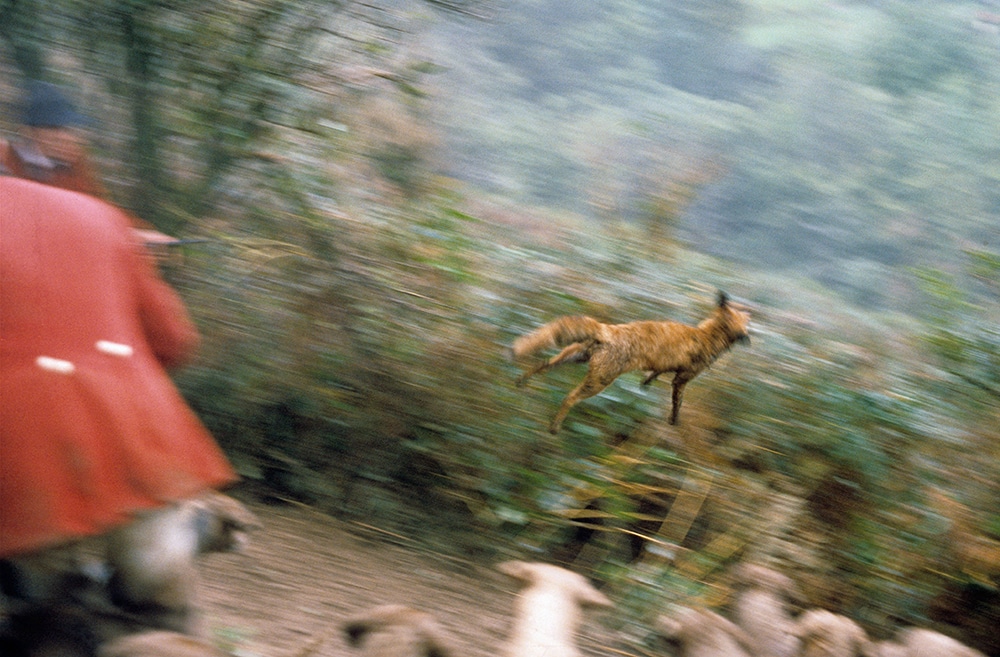
The comprehensive report was published in 2000, concluding that hunting with hounds “seriously compromises the welfare” of the hunted animal. The report also found that hunting can also affect the welfare of other wildlife including legally protected badgers and otters.
After decades of undercover work, investigations and campaigning, the reality of hunting was finally officially recognized. Scotland was first to ban hunting with the Protection of Wild Mammals (Scotland) Act 2002, followed by the U.K. government with The Hunting Act 2004.
Though loopholes exist in both pieces of legislation, the progress made to protect wildlife is undeniable, Huskisson believes. “I well recall the days when hunters had pride, they openly hunted and blew [the hunting horn for] the kill with great glee,” said Huskisson. “Those days have gone forever. They know our side gets stronger every year whereas they get weaker.“
In 2021, Huskisson suffered a stroke. His movements became restricted, everyday tasks became a challenge and his life changed indefinitely. Though his recovery was slow, and ongoing, he saw an opportunity to give something back by creating a digital archive of HOWL magazine, the official publication of HSA.
“I reckon [I produced] 40,000 images of bloodsports, vivisection, factory farming and other forms of animal abuse, and protests,” as well as over one hundred hours of footage and countless hours of audio recordings.
This depth of Huskisson’s knowledge is irreplaceable, a critical resource for his colleagues in service also acting to protect animals. Though he views his own contribution as small and niche, he says by working with a great team of fellow campaigners, together they collectively have made great progress for the preservation of wildlife and the protection of animals.
“As I look back on 50 years of work for animals all I can honestly say is that I did my best. My stroke has left me unable to do much in the field now but I can still play a role as a custodian of the facts and knowledge gained over half a century,” he says.
Featured image: A rescued fox, Misty, at Hydestile Wildlife Rescue Centre (1984).
This piece has been updated.